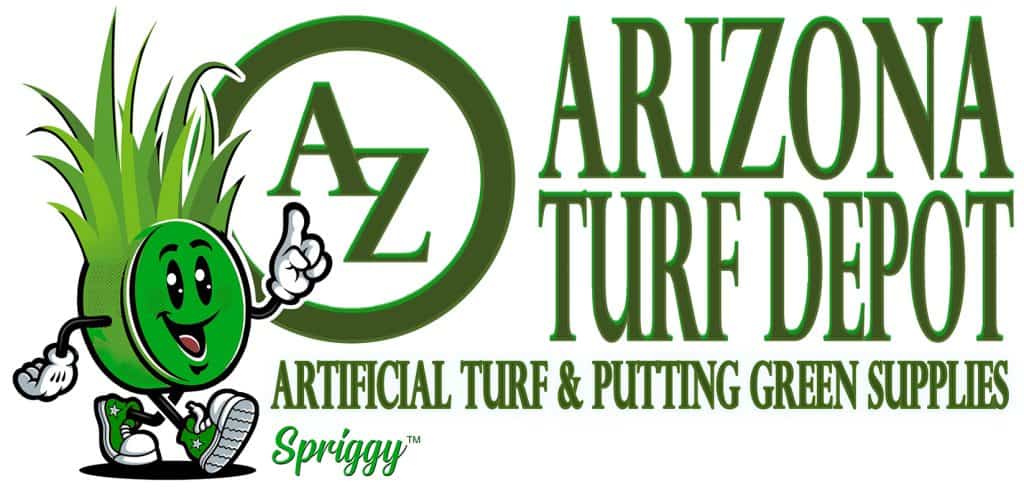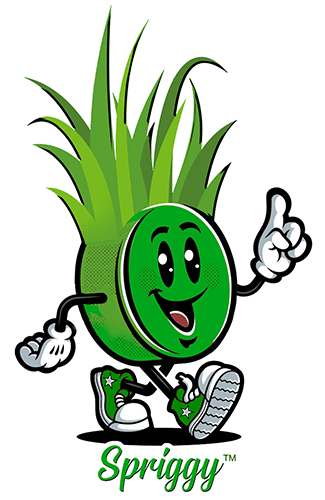
Hard to believe, but in 2020, we’ll be able to celebrate the 55th anniversary of the development of artificial grass! The patent for Astroturf was actually filed on Christmas Day, 1965 by scientists working for Monsanto Industries.
That first major installation came two years later and was something of a game changer in the use of artificial grass. Here’s what happened back in the mid-1960s: Researchers at Research Triangle Park in North Carolina had been working with a polyamide fiber they believed could be used to improve playing fields for major league baseball teams.
This turned out to be almost exactly right. After Sports Illustrated hailed the North Carolina research team as groundbreaking, well nothing happened. At least, not right away.
In 1965, Houston and the Astros baseball team had a critical challenge. Their new Astrodome’s transparent roof had been painted over to prevent sun glare that kept ball players from seeing air-traveling baseballs. But that meant the grass couldn’t see the sun, either – and it turned yellow and died. Artificial turf was used to replace grass throughout the infield for the Astros’ home opener in 1966.
This initial synthetic turf had a few issues, though. The blades were stiff and hard. This made the surface difficult to run on and when players fell on it they often suffered deep bruises and scratches.
By 1970, though, artificial turf was being produced with fibers made from polypropylene. The newer grass was a little softer, more pliant and less abrasive. It still was a bit stiff and abrasive, and while it quickly became popular for pool areas, shop windows and stage sets, its use was primarily decorative.
But then came polyethylene. Grass fibers made from polyethylene were a little softer, more pliant and made a big leap in mimicking the feel and comfort of natural grass.
Artificial turf was getting ready for its big moment in landscaping.
It was helped along by the introduction of crumb rubber for use as infill (the “pad” the artificial grass sits on). Crumb rubber from recycled tires has, in fact, become the largest component in making artificial turf “feel” even more like living grass.
Another type of infill, acrylic-coated sand, has had a significant impact on artificial turf installation, providing consumers with an option in cost and “feel” of the artificial turf. Resistant to molds and mildew, acrylic-coated sand infill is also frequently treated with antimicrobial properties that help to make it useful in artificial lawns that see regular pet use.
Crumb rubber is slightly “bouncier.” It’s often used in artificial lawn installations for sports and athletic fields, and for playgrounds.
Combined with ever-more “natural-feeling” blades of ” grass, artificial turf may be destined to become a growing response to Arizona’s increasing needs for sustainable and water-sensible approaches in landscaping.

